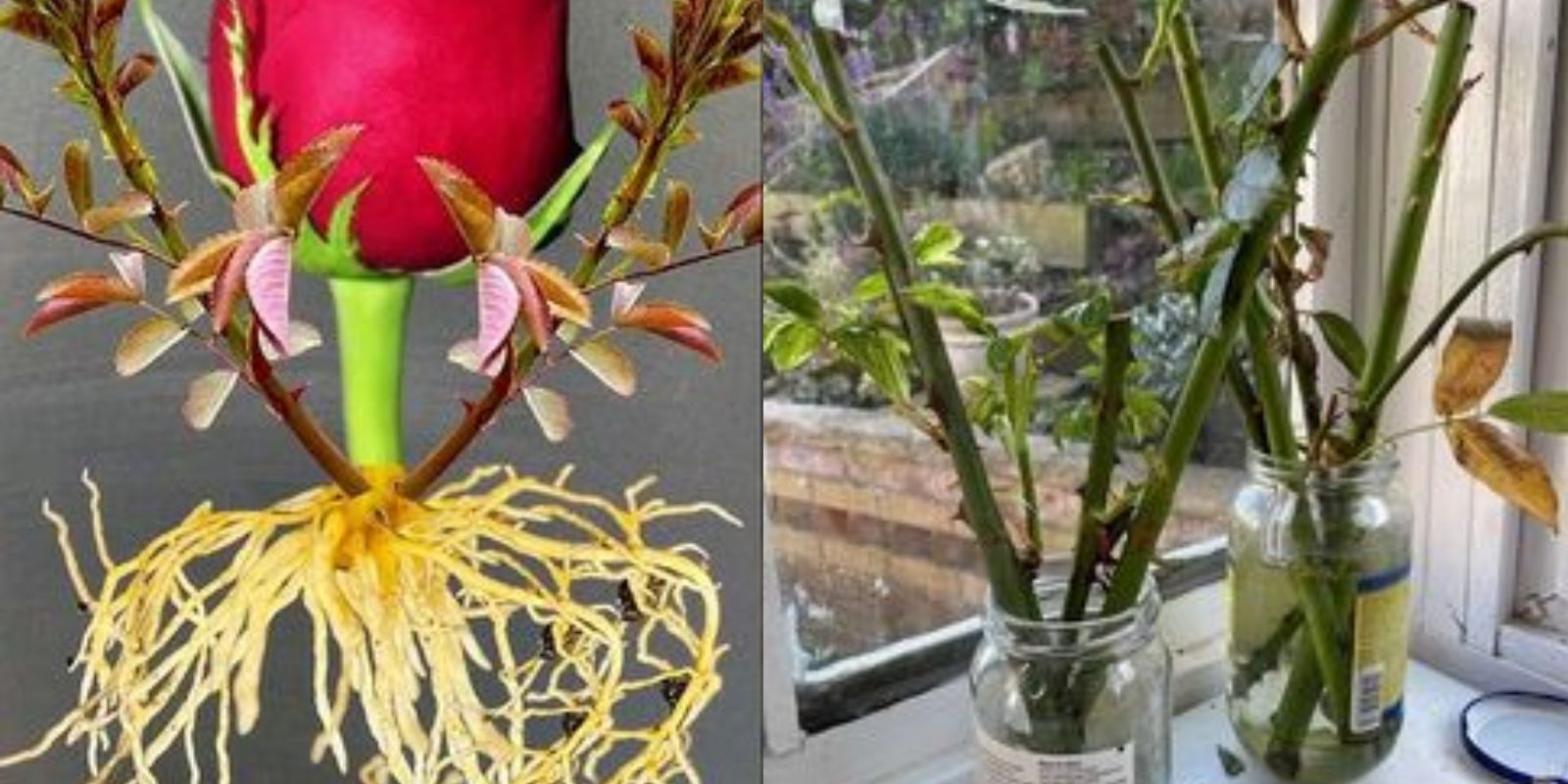Introduction
Roses, with their exquisite blooms and delightful fragrance, are among the most beloved flowers in gardens worldwide. While purchasing new rose bushes is one way to expand your garden, propagating roses from existing plants offers a rewarding and cost-effective alternative. This article explores various methods that make propagating roses accessible and enjoyable for gardeners of all levels.
Why Propagate Roses?
Propagating roses allows gardeners to:
- Expand Garden Collections: Increase the number of rose bushes without purchasing new ones.
- Preserve Favorite Varieties: Ensure continued cultivation of cherished rose varieties.
- Experiment with New Varieties: Explore different colors, sizes, and types of roses in your garden.
- Share with Others: Gift propagated roses to friends and family, spreading beauty and joy.
Methods to Propagate Roses
Let’s delve into the step-by-step techniques for propagating roses:
1. Stem Cuttings
Stem cuttings are one of the most popular methods for propagating roses. Here’s how to do it:
- Selecting Cuttings: Choose healthy stems from the current season’s growth, typically in late spring or early summer. Cut a 6-8 inch stem below a leaf node using clean, sharp pruners.
- Preparing Cuttings: Remove any flowers and lower leaves from the bottom of the cutting. Dip the cut end in rooting hormone powder or gel to encourage root development.
- Planting: Insert the cutting into a container filled with moist, well-draining potting mix. Keep the soil consistently moist and place the container in a location with indirect sunlight.
- Rooting: Roots should start forming within several weeks. Once roots are well-established, transplant the new rose plant into its permanent location in the garden.
2. Water and Hormone Method
This method involves using water and rooting hormone to propagate roses:
- Preparation: Fill a container with water and add rooting hormone according to the manufacturer’s instructions.
- Cutting Placement: Place the cut end of the rose cutting into the water and hormone solution. Allow it to soak for several hours or overnight.
- Root Development: After soaking, plant the cutting in a pot filled with potting soil. Keep the soil moist and provide indirect sunlight until roots develop.
- Transplanting: Once roots are established, transplant the rose plant into the garden.
3. Potato Method
The potato method is a creative approach to encourage root growth in rose cuttings:
- Preparing the Potato: Select a potato and cut a hole slightly smaller than the diameter of the rose cutting. Insert the cutting into the potato, ensuring it fits snugly.
- Planting: Plant the potato with the inserted cutting directly into a pot filled with potting soil. Keep the soil moist and provide indirect sunlight.
- Rooting: The potato provides nutrients and moisture to the cutting, promoting root growth. Once roots appear, transplant the rose plant into the garden.
4. Root Division
Dividing existing rose bushes is another effective way to propagate roses:
- Timing: Perform division in early spring before new growth begins or in late fall after blooming season.
- Digging Up the Plant: Carefully dig around the rose bush, ensuring to preserve the root system. Lift the plant from the ground.
- Dividing the Roots: Use a sharp, clean knife to divide the root ball into sections, ensuring each section has both roots and shoots.
- Planting: Replant the divided sections immediately into prepared soil in a new location or container. Water thoroughly to help the roots establish.
Success Stories and Practical Applications
Gardeners worldwide have successfully propagated roses using these methods:
- Personal Gardens: Many gardeners have expanded their rose collections by propagating favorite varieties from their own gardens.
- Community Projects: Rose propagation has been used in community gardens and educational programs to teach gardening skills and beautify public spaces.
- Historic Preservation: Propagation ensures the preservation of heirloom and historic rose varieties for future generations to enjoy.
Tips for Successful Rose Propagation
To maximize your success when propagating roses, consider these tips:
- Choose Healthy Plants: Select disease-free and vigorous plants for propagation.
- Timing: Propagate roses during the plant’s active growing season for best results.
- Rooting Hormone: Use rooting hormone to stimulate root growth and increase success rates.
- Patience: Propagation can take time. Be patient and allow the roots to establish before transplanting.
Safety and Considerations
While propagating roses is generally straightforward, it’s essential to follow safety precautions:
- Handling Tools: Use clean, sharp tools to minimize the risk of disease transmission.
- Protective Gear: Wear gloves to protect your hands when handling plants and rooting hormone.
- Environmental Conditions: Provide optimal growing conditions, including proper sunlight, watering, and soil quality.
Conclusion
Propagating roses opens up a world of possibilities for gardeners, allowing them to multiply their garden’s beauty and diversity. Whether you prefer the simplicity of stem cuttings or the creative approach of the potato method, each technique offers a chance to nurture new growth and expand your gardening skills. By exploring these methods, you can cultivate a garden filled with cherished roses, each with its own unique story and beauty.
Embrace the art of rose propagation in your garden and witness the joy of watching new plants thrive and bloom. Share your experiences with fellow gardeners and continue to cultivate beauty and inspiration in your outdoor spaces. Happy gardening!

